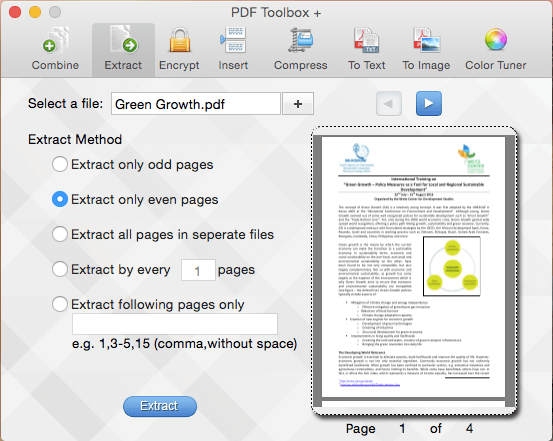

It is amazing how much material they have managed to pack into such seemingly short and to the point chapters. This book is amazingly clear and concise for a text like this. Very relevant, and set up in a way that most of the fundamentals won't become outdated anytime soon. I did not see any evidence of bias or error. This book is thoughtful, well researched, and well sourced.
#Pdf toolbox clinical how to
It also provides excellent explanations for those who plan to go out and do field work but who might not have a statistician on hand how to figure out trial design, randomization approaches, and power calculations, a side of program planning that is often not included in texts that focus more on the broad strokes of program design. This is a comprehensive guide to trial design and planning, providing the right level of breadth and depth, and giving the reader all of the key information I would imagine ever needing when getting ready to plan a new trial in an LMIC. Reviewed by Emily Lilo, Assistant Professor of Community Health, Western Oregon University on 2/14/19 See sections on "Comprehensiveness", "Clarity", and "Relevancy" for suggestions.

I appreciated the detailed breakdown at the beginning of each chapter. Very clear breakdown and easy to use just applicable pieces from the Table of Contents on each section. It would be helpful to have a initial line in the Introduction that states the appropriate audience (e.g., Doctoral Students and Research Specialists) I think it could benefit from some Appendices or Last Chapter on “Specific Case studies” / “Current Examples” that could be updated every few years. Inclusion of real time adaptive interventions in chapter 4.Social and Behavioral Chapter 15 could benefit from some key additions: use of behavioral theory and socioecological model, behavioral measurement (EMA, objective measures such as accelerometer or webcam).Ěnalyzing questionnaire data (either in ch 14 or ch 21).A few areas I think topics could be added: There is an easy way to navigate all areas of this book, or “toolbox”. This text does an incredible job at covering all areas in this subject- namely considerations in medical trials. Reviewed by Katie Butte, Assistant Professor, Seattle Pacific University on 5/18/21 Graphics/tables are used very sparingly, which is good for interface issues, but not necessarily for student engagement.Įxamples provided are reflective of field trials across the globe. In other words, the topical flow could be manipulated to suite the needs of different courses fairly easily.Īlmost entirely text. It is structured into chapters that instructors could easily assign independently if they so desired. While the text is logically organized into subheadings, it is SO comprehensive that it is fairly self-referential, if only because it is trying to cover so much territory. Sections are clearly labeled and well organized so that out of date information can be updated as needed. Well referenced at the end of each chapter. Components or chapters of this text would be useful in several courses.


Reviewed by Bethany Wrye, Associate Professor, Middle Tennessee State University on 5/20/21Īlmost overwhelming in its comprehensiveness. Journalism, Media Studies & Communications +.This work was designed by counselors, for counselors. Inside you'll also find a bibliotherapy section containing many books for use in counseling with students of all ages, and some additional resources for issues such as substance addictions, suicidality, trauma counseling, music therapy, and youth in poverty. This book is designed to equip school-based therapists and school counselors with easy-to-implement interventions for common presenting problems in schools ranging from elementary to high school a toolbox of sorts. Clinical Interventions for Counseling Children and Adolescents: A Toolbox for School-Based Therapists & School CounselorsĬounseling in a school-setting can be challenging for many therapists due to the wide array of presenting problems you may be met with on any given day.


 0 kommentar(er)
0 kommentar(er)
